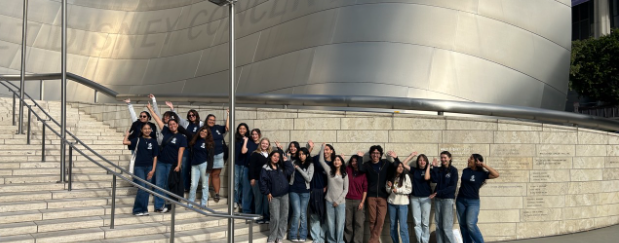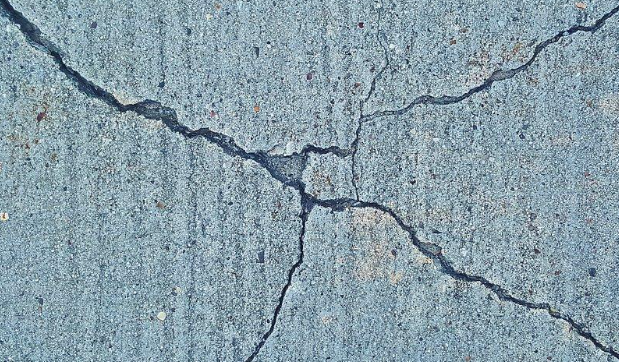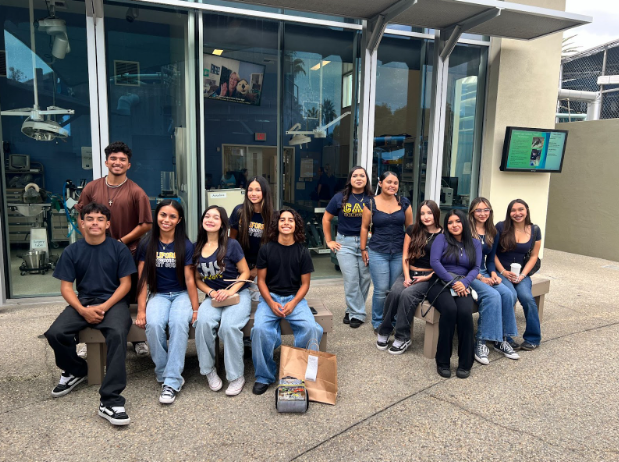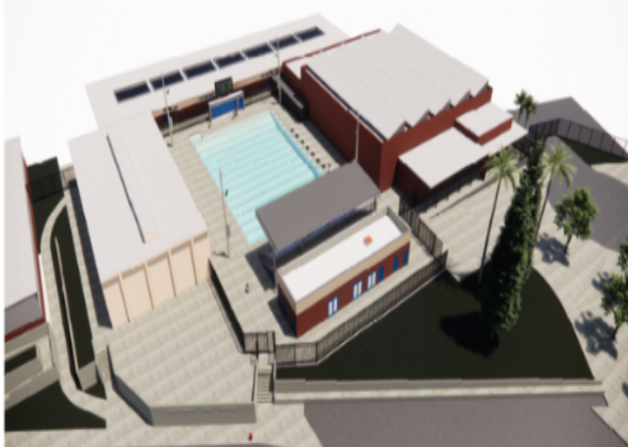On October 8th, thousands of students strode into Cal High for one purpose and one purpose only—to take the PSAT. But, why? Technically, it wasn’t even mandatory for students to even show up that day, they could have simply taken a nice and well-deserved day off from school. Yet, many showed up anyway.
There are multiple reasons why students at Cal High showed up to take this test.
For one, unlike the SAT, which is often seen as the make-or-break test for college admissions, the PSAT is a relatively low-stakes exam that offers an opportunity to familiarize oneself with the format and timing of the test without the pressure of a slip-up damaging your college application. The test includes sections on reading, writing, and math, helping students get a feel for the types of questions they will encounter later on the SAT, which students typically take in the spring of their junior year. By taking the PSAT/NMSQT in the fall of their junior year, the PSAT 10 during their sophomore year, or the PSAT 8/9 in their freshman year at Cal, students overall get a leg up in understanding both the process of taking the test and of the content in both the reading and math modules of the test.
In addition to this, taking the PSAT allows students to effectively see what their strengths and weaknesses are in various subject areas, as the College Board provides individualized feedback regarding different concepts within core subjects. This allows for them to more easily develop a comprehensive study plan when it comes to the actual SAT, which is what is counted when it comes to college admissions. In addition to this, seeing what one’s strengths are on the test may bolster one’s confidence about their ability to take on the SAT when the time comes. The test’s structure is similar to the SAT, and it helps students become accustomed to managing their time, answering questions under pressure, and developing test-taking strategies. With a practice test under their belt, students are better equipped to tackle the more challenging SAT with less anxiety.
Finally, the PSAT/NMSQT taken in junior year may allow high-achieving students to receive significant scholarship funds. This is thanks to the National Merit Scholarship Program, as referred to by the acronym in the very title of the test (National Merit Scholarship Qualifying Test).
“So how does this scholarship work?” you might ask. First, all students who take the PSAT/NMSQT their junior year are given a raw score in both the reading & writing portion of the test, which are then put into the Selection Index Score formula (which is 2 times your Evidence-Based Reading score, plus your math score, all divided by 10), which spits out your NMSC Selection Index Score. In order to be selected as a Semifinalist in the process of getting a National Merit Scholarship, one must score within the top 1% of all students in their respective state. The NMSC Selection Index Score typically ranges from 48-228; in California the score you need to become a Semifinalist is 224. This essentially means that you can miss only two or three questions throughout the entirety of the test, thus making the program highly competitive in California.
If you are lucky/skilled enough to receive the score necessary to become a Semifinalist in the program, you move on to the next step in the process, becoming a Finalist. Semifinalists who wish to become Finalists must submit an application which lists both their academic record and their extracurricular activities, as this scholarship looks in some part for well-rounded students.
If you are one of the 15,000 students picked to become a Finalist, then congrats! You are eligible to get a National Merit Scholarship. These scholarships have significant value, with students qualifying for them receiving from $1000 directly from the foundational program, to tens of thousands of dollars from colleges looking for these students to apply to their schools.
So, how did students perform on this test this year?
In a typical year, the average PSAT score at California High School is around 910 out of a possible 1520. This is slightly higher than the state average for California, which is 881, and higher than the Whittier Union High School District average of 870. Typically, a slightly higher Reading and Writing score than the Math score is to be expected, which follows national trends.
However, these scores and trends could be radically altered by this year’s students at Cal High taking the PSAT. According to the testimonials of many who took the test, both of the English modules and the first math module were ridiculously easy, with the second math module posing the only real difficulty on the test, owing to its significantly advanced problems and multi-step methods necessary to discover solutions. Thus, we can expect that scores this year at Cal High will be significantly better than last year!







